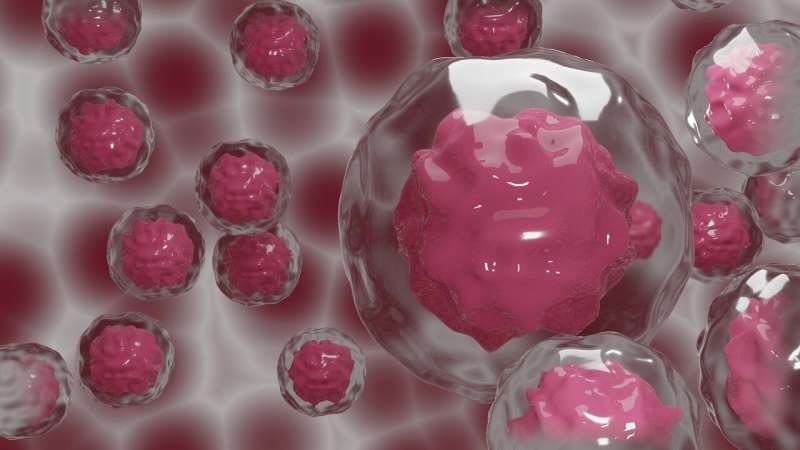

One woman in eight develops breast cancer during her lifetime in the Western world and although mammography screening reduces mortality by early detection, approximately one fourth of the women who develop breast cancer are diagnosed within two years after a negative screen. Therefore, we need to identify the short-term risk of these women to better guide clinical follow-up.
Another drawback of mammography screening is that it focuses on early detection only and not on breast cancer prevention. We know that women attending screening can be stratified into high and low risk of breast cancer. Women at high risk could be offered preventive measures such as low-dose tamoxifen to reduce breast cancer incidence. Women at low risk do not benefit from screening and could be offered less frequent screening.
Mikael Eriksson’s thesis focused on these two aspects in breast cancer research and in his work, he developed tools for assessing mammographic density and breast cancer risk. In addition, he developed two low-dose tamoxifen concepts for breast cancer prevention and improved screening sensitivity.
Source: Read Full Article